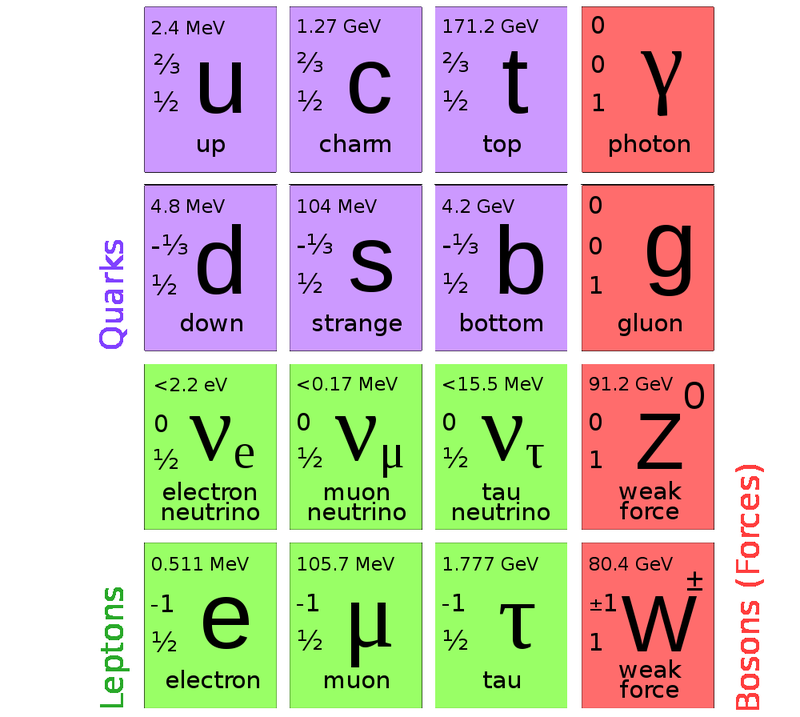
Therefore Yukawa suggested that a meson with a mass intermediate between that ofĪn electron and a proton is exchanged between nucleons. The virtual particle can propagate a distance noįorce, we can now estimate the mass of the particles that transmits it. The new quanta must be massiveĮxists or does not exist. That the nuclear force is a short-range force leads to an important differenceīetween photons and the new quanta. Nucleons and therefore transmit the strong interaction.

To explain the attractive nuclear force between nucleons, Yukawa proposed theĮxistence of a meson field, whose quanta would be emitted and absorbed by The virtual photon can have an infinite range. Like charges repel and unlike charges attract.Ī photon the wavelength can be arbitrarily large and therefore the energyĠ, Δt -> infinity. A QFT calculation of theĮffect of this virtual photon exchange gives rise to the usual Coulomb force. Since the photon must be reabsorbed and cannot be detected, Photon is reabsorbed quickly enough, there is no measurable violation of energyĬonservation. The energy of the system better than to within an uncertaintyīeing able to know if energy conservation is violated. ~ ћ, tells us that if we only observe a system forĪ time interval Δt, there is no way that we can know Would consist of an electron and a photon moving off in opposite directions, aĬonfiguration which necessarily has more energy than the initial at-restīut the uncertainty principle prevents a contradiction. If, for example, an electron initially at rest emitted a photon, the final state The photon has to be a virtual photon, becauseĮmission of a real photon would violate energy and momentum conservation. Photons, and the interaction between the charged particles occurs when oneĬharged particle emits a virtual photon that is thenĪbsorbed by another charged particle. In quantum electrodynamics all electromagnetic fields are associated with The particles of the electromagnetic field are the In quantum field theory, forces are transmitted by particles, and fields are associated with particles which Leptons, and the force carriers for the known forces. The electromagnetic, the strong, the weak, and the gravitational force.įundamental or elementary particles are those that, as far as currentĮxperiments can tell, have no substructure. We need a mathematical model for those interactions.

We need to understand the interactions (or forces) between the particles. To use quantum field theory to predict the behavior of fundamental particles, Scattering, decay, and vacuum fluctuations, but seldom to study bound states, QFT is well suited to let us calculate probabilities ofĬreation and annihilation of particles in interactions. Quantum field theory (QFT), must be used. Mechanics to particle physics, the relativistic version of quantum mechanics, Particles are neither created nor destroyed in this version. We have studied the implications of the Schroedinger equation, which isĪ fundamental equation for the non-relativistic version of quantum mechanics. Quantum Mechanics is our current model to describe how the microscopic world


 0 kommentar(er)
0 kommentar(er)
